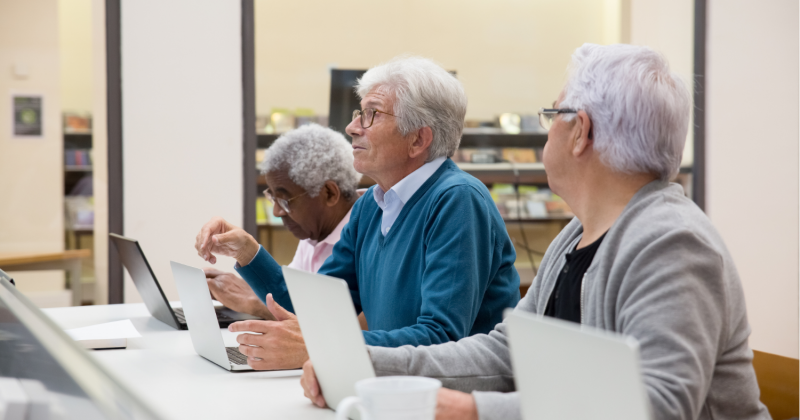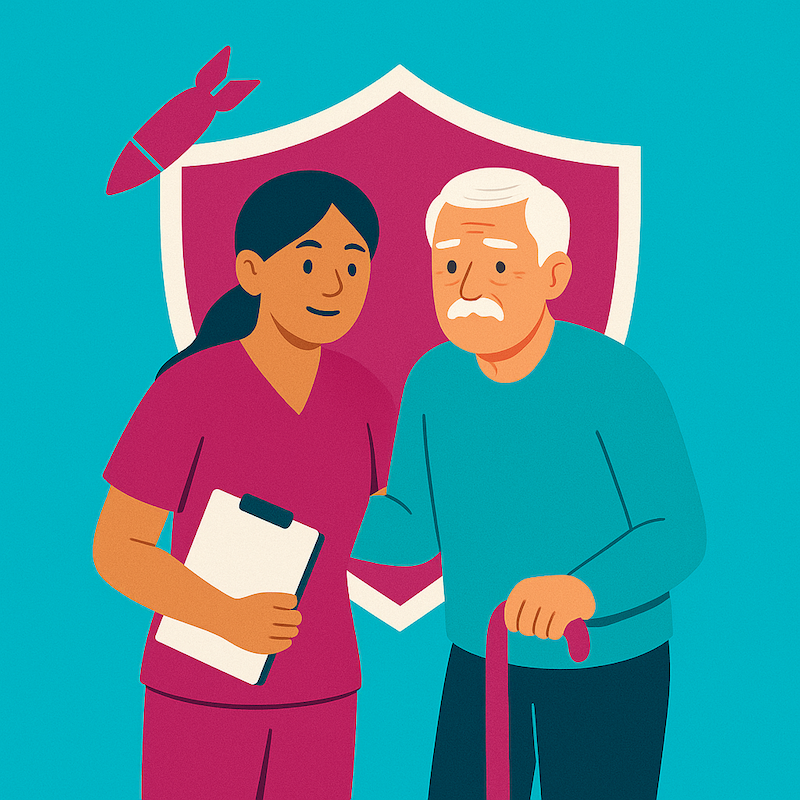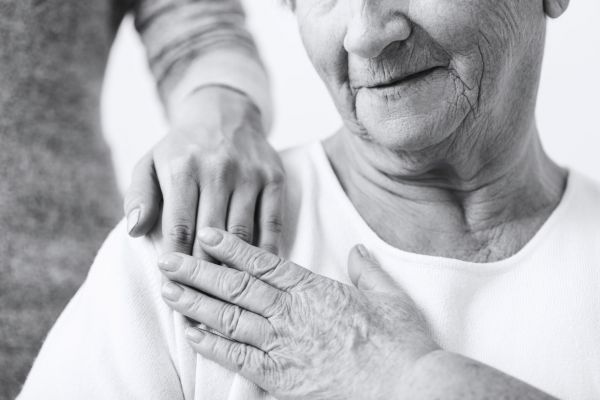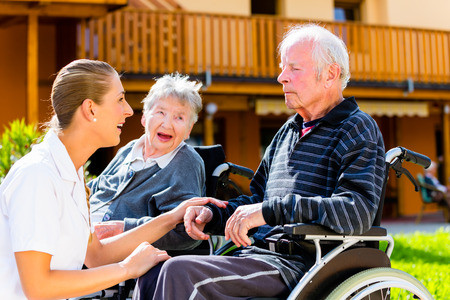How to Use Assistive Devices and Technology to Enhance Caregiving
iSavta | 28.01.2024

Providing care to individuals with disabilities or older adults can be physically and emotionally challenging. However, with the advancements in assistive devices and technology, caregivers now have a wide range of tools at their disposal to enhance their caregiving experience and improve the quality of life for those they care for. In this article, we will explore various assistive devices and technology solutions that can be utilized to empower caregivers and promote independent living.
Mobility Assistance
Assistive devices designed to enhance mobility play a crucial role in caregiving. Wheelchairs, walkers, and canes are essential tools that allow individuals with mobility impairments to move around independently. For caregivers, it is important to choose the right device based on the individual's needs and preferences. Additionally, advances in technology have led to the development of motorized wheelchairs and scooters, providing greater mobility and freedom.
Communication Aids
Caregivers often face challenges in communicating with individuals who have speech impairments or cognitive disabilities. Assistive technology can bridge this gap. Communication aids such as speech-generating devices and text-to-speech apps enable non-verbal individuals to express their thoughts and needs. These tools utilize pre-programmed phrases or text entry systems that convert written text into spoken words. By incorporating these aids into caregiving routines, caregivers can foster effective communication and better understand the needs and desires of those they care for.
Medication Management
Keeping track of medications and adhering to complex medication schedules can be overwhelming for both caregivers and care recipients. Assistive technology can simplify this process. Medication management apps and electronic pill dispensers can send reminders for medication intake, track adherence, and even alert caregivers in case of missed doses. These tools alleviate the stress of medication management, ensuring that medications are taken correctly and on time, thereby promoting better health outcomes.
Safety and Monitoring
Assistive devices and technology can enhance safety and monitoring, allowing caregivers to provide better care while promoting independence. Smart home devices, such as motion sensors, door alarms, and smart locks, can be employed to create a safe environment for individuals with disabilities or cognitive impairments. These devices can alert caregivers to potential hazards, monitor activities remotely, and even automatically adjust the home environment for comfort and safety.
Personal Care Assistance
Assisting with personal care tasks, such as bathing and dressing, can be physically demanding for caregivers. Assistive devices can help alleviate some of the strain. For example, lift chairs or transfer boards can aid in transferring individuals from one surface to another, reducing the risk of injury for both the caregiver and care recipient. Additionally, adaptive tools like button hooks, zipper pulls, and long-handled brushes can enable individuals with limited dexterity to perform self-care tasks independently, promoting their sense of dignity and autonomy.
Remote Monitoring and Telehealth
In situations where distance or mobility challenges make in-person caregiving difficult, remote monitoring and telehealth solutions can be invaluable. Remote monitoring devices, such as wearable sensors or smart home systems, can track vital signs, activity levels, and sleep patterns, providing valuable insights into the care recipient's health status. Telehealth platforms allow caregivers to consult healthcare professionals remotely, ensuring timely medical attention and reducing the need for physical visits.
Conclusion
Assistive devices and technology have revolutionized the field of caregiving, offering practical solutions to improve the quality of life for individuals with disabilities or older adults. By leveraging mobility assistance, communication aids, medication management tools, safety devices, personal care assistance tools, and remote monitoring and telehealth solutions, caregivers can enhance their caregiving practices and empower those they care for to live more independently. It is important for caregivers to stay informed about the latest advancements in assistive technology and tailor their approach to the specific needs and preferences of the individuals under their care. Together, caregivers and assistive technology can create an environment that fosters independence, safety, and overall well-being.











